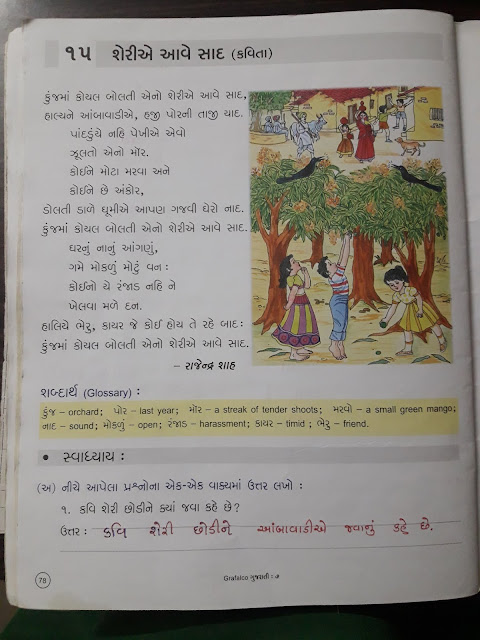7. Léa achète une nouvelle robe
Grammaire –
1.
Les
verbes pouvoir et vouloir
|
|
Pouvoir –can/to be able
to |
Vouloir – to want |
|
Je |
Peux |
Veux |
|
Tu |
Peux |
Veux |
|
Il/elle/on |
Peut |
Veut |
|
Nous |
Pouvons |
Voulons |
|
Vous |
Pouvez |
Voulez |
|
Ils/Elles |
peuvent |
veulent |
2.
3rd
group verbs – RE verbs
Descendre
– to climb down
Entendre
– to listen
Attendre
– to wait for
Rendre –
to give
Vendre-
to sell
Eg.
Vendre – to sell
Je vends
– I sell
Tu vends
– You sell
Il/Elle/On
vend – He/she/everybody sells
Nous
vendons – we sell
Vous
vendez – you sell
Ils/Elles
vendent – they sell
Mettre
–to put
Permettre-
to permit
Promettre
–to promise
Eg.
Mettre – to put
Je mets
–I put
Tu mets
– You put
Il/Elle/On
met – He/She/Everybody puts
Nous
mettons – We put
Vous mettez
– You put
Ils/Elles
mettent – they put
3.
When
there are two verbs in a sentence only one of the mis conjugated with the
subject and the other one is kept in infinitive form.
Eg. Il préfère manger de la
salade.
Vous aimez faire de la
randonnée.
4.
L’interrogation
– Ask a question in such a way that you get answer as ‘oui/non’
a.
Intonation
– write the sentence as it is and put the question mark.
Eg. Vous aimez le gâteau. ------- the question
is ‘ Vous aimez le gâteau ?’
b.
Add Est-ce
que before the sentence.
Eg. Est-ce que vous aimez le gâteau ?
Note – These are two different
ways of asking the same question. So the answer also will be the same.
Vocab – les vêtements - clothes
Les vêtements
–
|
français |
English |
français |
English |
|
Une chemise |
A shirt |
Les lunettes |
glasses |
|
Un pantalon |
pants |
Les sandales |
|
|
Un t-shirt |
|
Les chaussures (f) |
shoes |
|
Un jean |
jeans |
Les chaussettes |
socks |
|
Un manteau |
A coat |
Les bas |
stockings |
|
Un pull |
Pullover |
Les baskets |
Sport shoes |
|
Une robe |
A dress |
Les tennis |
Canvas shoes |
|
Une jupe |
A skirt |
Les bottes |
boots |
|
Une écharpe |
A scarf |
Les souliers |
Leather shoes |
|
Un foulard |
A muffler |
Le maillot de bain |
Swimming costume |
|
des gants(m) |
gloves |
Un chemisier |
blouse |
|
Un tablier |
An apron |
Un costume |
A suit |
|
Une veste |
Ladies jacket |
Une culotte |
shorts |
|
Un veston |
Men’s jacket |
Une chemise de nuit |
Night dress |















